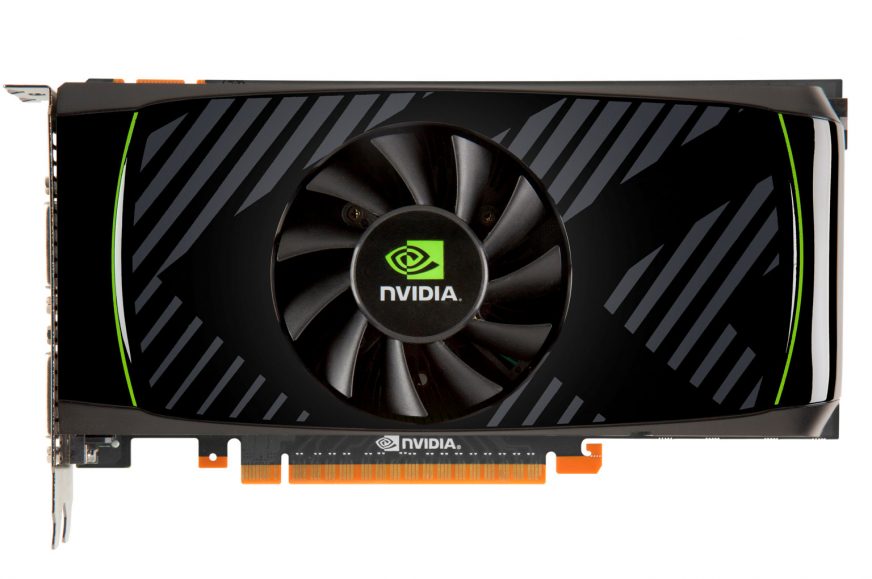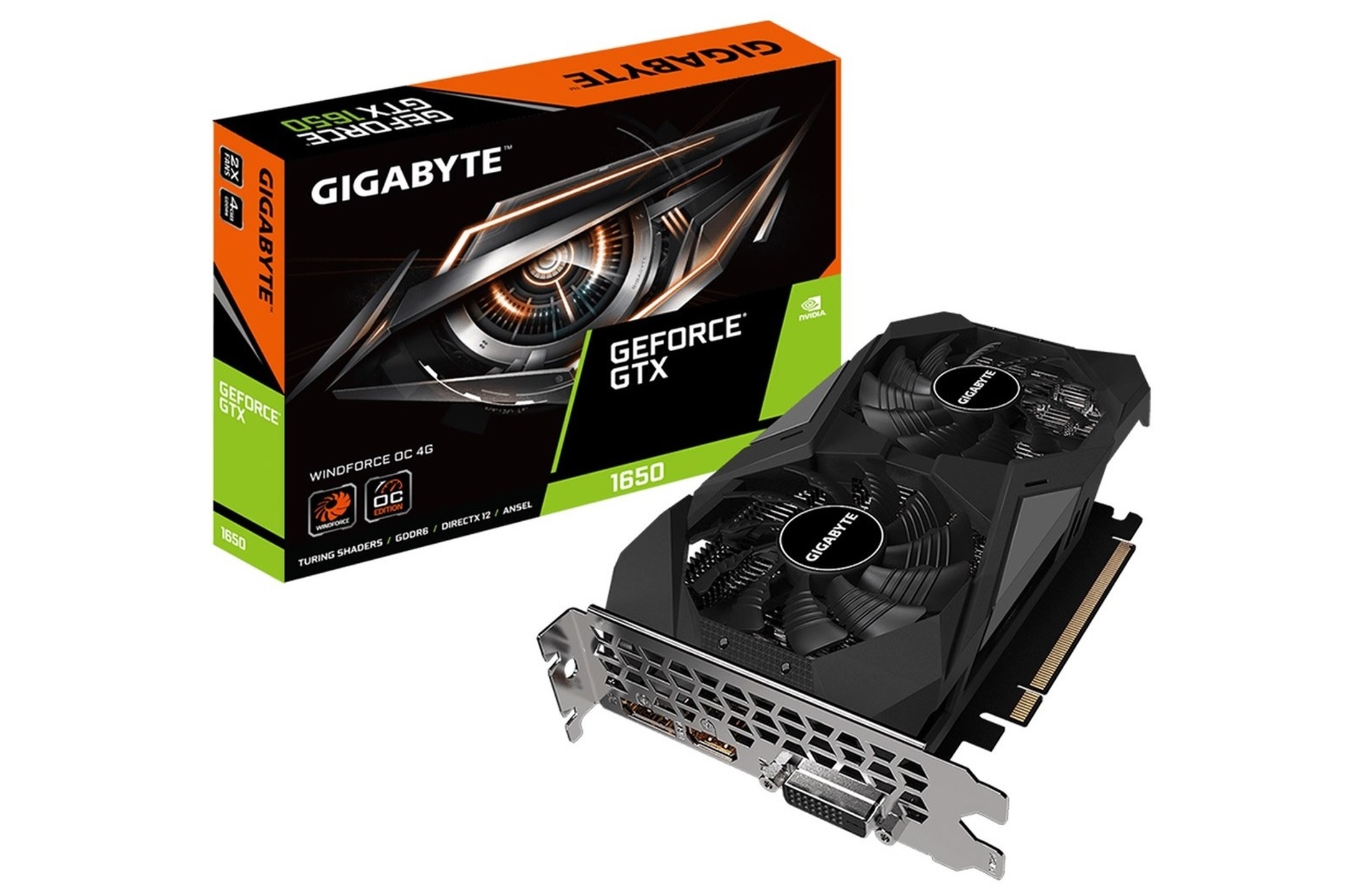GeForce GTX 1630 will be a cheaper version of the GTX 1650
It looks like Nvidia’s new budget graphics card, which we just wrote about on Friday, will be out a lot sooner than it might have seemed. VideoCardz has already found out practically full specs of the GPU, so we have a better idea of where it might fit in terms of price and performance. In particular, though, they write that its launch should be practically around the corner, and we’ll probably see it at the end of this month.
In the first report from Wednesday, VideoCardz claimed that the information about the arrival of the GeForce GTX 1630 is still very fresh. But preparations for the release must have been underway for quite some time, because according to the site’s sources, this graphics card will be released as early as May 31, next Tuesday. This is supposed to be the release date set by Nvidia, although it’s not entirely clear if perhaps the actual availability date in stores could be pushed back even further.
Specs: two-thirds the performance of the GTX 1650?
VideoCardz already has virtually all of the graphics card specifications. According to them, the card is based on the 12nm TU117 chip with Turing architecture, in the TU117-150 variant. So it’s confirmed to be a GPU with a stripped-down version of Turing that doesn’t support DLSS or raytracing effects, as it doesn’t have RT cores or tensor cores. On the other hand, it will still be able to take advantage of AMD’s competing FSR 2.0 technology, once that starts appearing in games…
The GeForce GTX 1630 will, it seems, be based on the GTX 1650 card design, but will be more cut down. The TU117 chip will only have half of the compute units active, 512 shaders (the GTX 1650 uses 896, the full version of the chip has 1024). The card will make up for this with high frequency though. While the GTX 1650 officially has a clock boost of 1590 MHz, the GTX 1630 model will be pushed up to 1800 MHz. This should give the GeForce GTX 1630 a theoretical raw performance of about 65 % of the GTX 1650.
The price for this, however, is that the TDP won’t be low as you probably expected (we did too), Nvidia will set it at the same 75W as for the GeForce GTX 1650. Thus, this card will not be able to replace the GeForce GT 1030 in the role of an low-power graphics card with a power draw of 20–30 W. AMD’s Radeon RX 6400 with its 54 W TDP will be bit closer to that goal than the GTX 1630.
The memory bus will also be halved to 64 bits. Nvidia will fit 4GB of GDDR6 memory on it, so capacity won’t be impacted. The memory frequency will be 12.0 GHz effectively, giving the card a bandwidth of 96 GB/s even with a 64-bit bus. And that’s 75 % of the bandwidth the original GTX 1650 had with GDDR5 memory). Thus, it won’t actually be particularly unbalanced in terms of performance. It’s a 50% drop in bandwidth when compared to the later version of the GTX 1650 with GDDR6 memory (192 GB/s), however.
So according to the specs, the GTX 1630’s performance could be right around two-thirds of the GeForce GTX 1650. It should still be usable for basic gaming, much more so than the GeForce GT 1030. Using the TU117 chip will also give it some multimedia capabilities – this GPU has a Volta-generation hardware encoder (slightly worse than the Turing and Ampere chips, it supports HEVC encoding but no B-frames) and supports both HEVC and VP9 decoding at resolutions up to 8K.
The GTX 1630 graphics card, like the GTX 1650, could also support DisplayPort 1.4a output (with which you can theoretically run resolutions up to 7680×4320 pixels, with compression) and HDMI 2.0b, as the GTX 1650 and TU117 are capable of this. The specific outputs present on the cards will probably be up to the manufacturers, but if DisplayPort is present, these cards could support pretty advanced monitors. So it may be a suitable graphics card for a work PC where gaming performance isn’t needed, but connecting maybe a 4K or 5K LCD is.
The cards themselves will probably look similar to the GeForce GTX 1650 models with GDDR6, probably the same PCB and cooling designs will be used, given that the TDP is the same at 75 W. The price should logically be lower than for the GTX 1650 models, but we don’t know yet where will it be officially (hopefully now the recommended prices will more or less stick to the real prices) positioned.
Source: VideoCardz
English translation and edit by Jozef Dudáš, original text by Jan Olšan, editor for Cnews.cz
⠀









